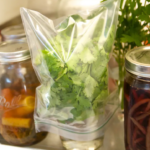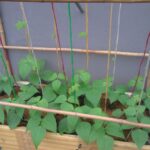1. Preserve Basil in Water
Cut 8-12 cm of the basil stem. Place the stem in a glass of water and position it by a window, where it can receive sunlight. Remember to change the water daily. Basil thrives in warm temperatures, ideally between 75-90 degrees F (24-32 degrees C).

Remove any yellow leaves. Within a week, you should start to see some roots appearing.

This indicates that the basil is still growing and can remain fresh for about three weeks.
2. Preserve Basil in Soil
Using the first method, you will obtain rooted basil stems. Once the roots appear, transplant the basil into a pot of soil, either indoors or outdoors. Space the stems about 30 cm apart if you intend to let them grow to their full height. If you don’t plan on keeping the plant long-term, you can pot five seedlings together.
Water daily and place the pot in a warm, sunny spot. This will allow the basil to continue growing and thriving for an extended period.
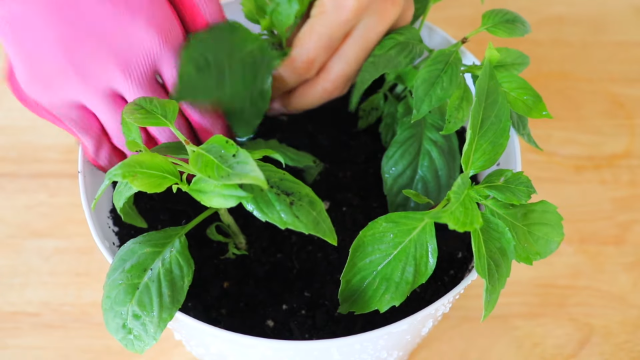
3. Refrigerate Basil
(Wrap basil leaves in paper towels and place them in a Ziploc bag.)
Place clean, dry basil leaves on a paper towel, roll it up, and then put it in the Ziploc bag.
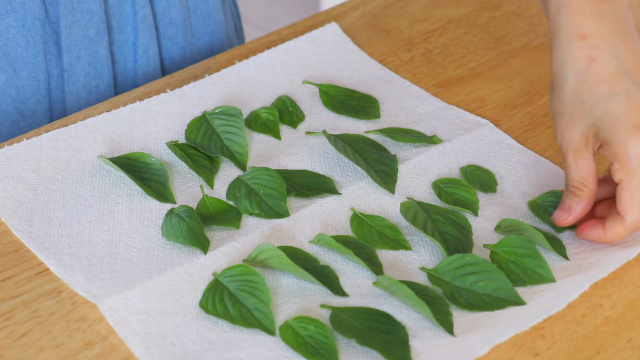
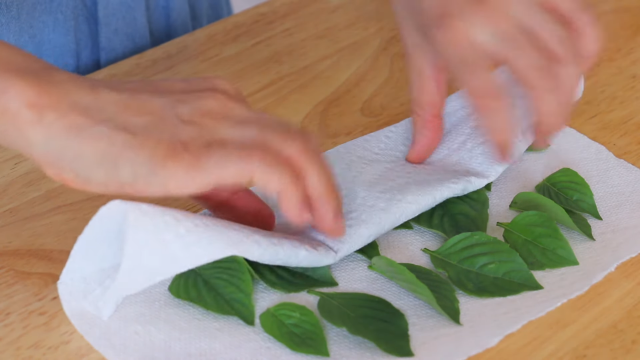
Transfer the bag to the refrigerator. This method will keep the basil fresh for about five days.
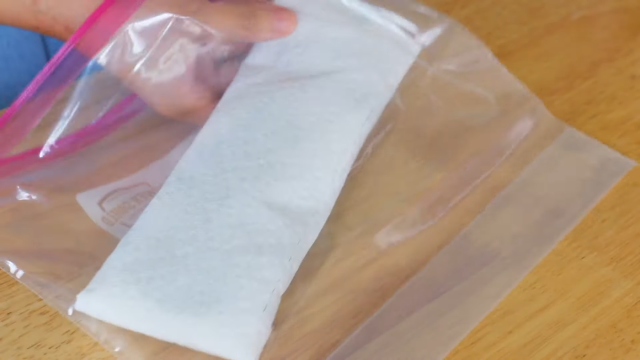
4. Freeze Basil in Olive Oil
Place a few clean, dry basil leaves on top of each other and chop them.
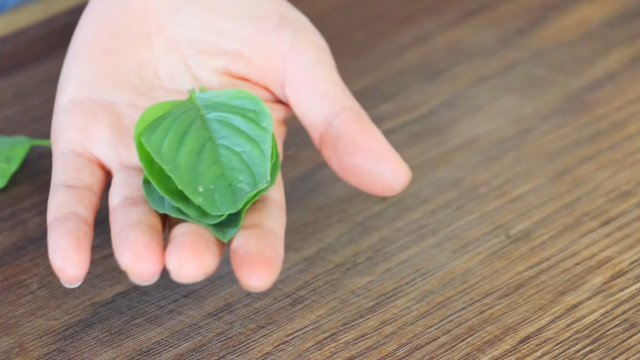

Then, place the chopped basil in an ice cube tray and pour in a light amount of olive oil.


Transfer the tray to the freezer. Now you have delicious basil-infused olive oil cubes that you can use whenever you need them. This method will keep the basil fresh for up to six months.
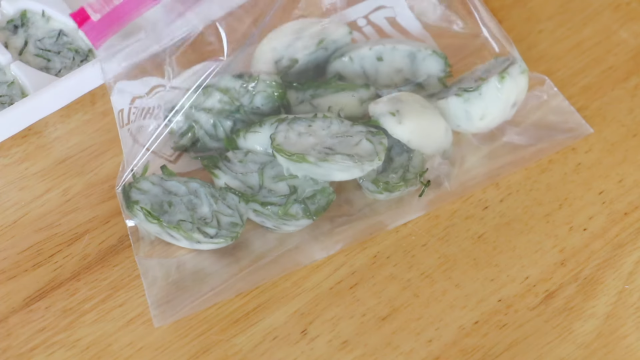
5. Dry Basil in the Oven
Place clean, dry basil leaves on a baking tray.
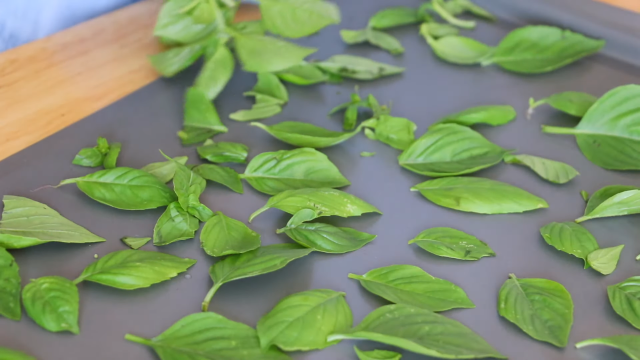
Place the tray in a preheated oven and bake at 170 degrees F (77 degrees C) for 45 minutes or until crispy.

Remove the basil from the oven and ensure it is completely dry. Let it cool for a few minutes.

Transfer the dried basil to a Ziploc bag. You can keep it whole or crumble it into smaller pieces. This method will preserve the basil for up to two years. Dried basil is excellent for adding flavor to instant noodles, sprinkling on pasta, or enhancing porridge…


Good luck!
The Secret to Keeping Tofu Fresh and Delicious for a Week: A Step-by-Step Guide
The art of preserving tofu has been practiced for centuries, and with good reason. This simple yet effective method can prolong the life of this versatile ingredient, making it a staple in kitchens across the globe. With a few easy steps, you can master the technique of keeping tofu fresh and flavorful for extended periods.
“Grow Green Onions with These Two Easy Methods for a Year-Round Supply”
Growing green onions is a simple and easy task, and you can easily do it at home. All you need are some onion roots, and you can grow them in water (hydroponically) or in soil, using plastic bottles. This way, you not only get to enjoy fresh, clean greens but also have a beautiful, edible decoration in your home.
“The Ultimate Guide to Growing Soybean Sprouts in a Container: Easy, Abundant, and Pest-Free”
Growing snow peas is easy, tasty, and highly rewarding. They are a great choice for any garden, big or small, and are particularly simple to grow in a container garden with minimal pest issues. Learn how to grow an abundant crop of snow peas with this easy-to-follow guide to planting in a polystyrene box.

























